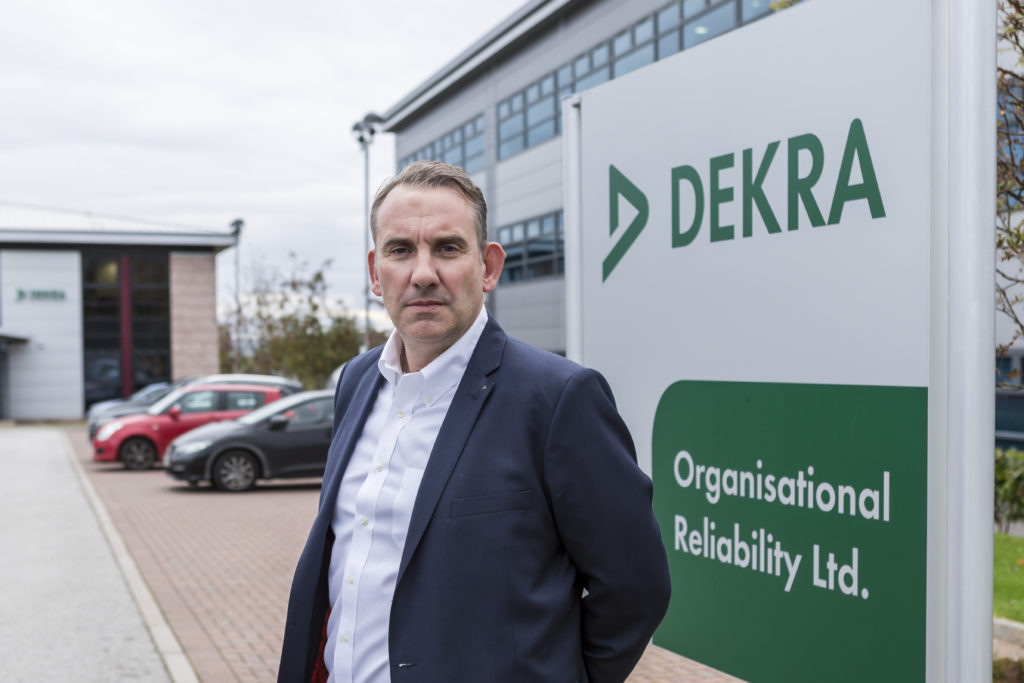
It’s no secret that communication is fundamental to effective leadership, a productive workforce and a successful business. Barriers arise, however, when we fail to consider what makes for good communication or rely too heavily on technology to get the job done.
A Communication Revolution
Technology has revolutionised communication, reaching across space and time and multiplying the modes available to us. However, in high hazard industries, especially, we must remember that communication is neither monolithic nor a monologue. There are many strategies to draw on, and with awareness and practice, barriers can be eliminated and communication enhanced.
Beyond Words
While technology makes it easier to connect across distances, it can become a barrier when overused. A primary culprit is e-mail, which works well in combination with other modes, but because body language and tone are responsible for 92% of communication, an overreliance on it can lead to misunderstandings. In fact, five people may have five different interpretations of the same message. An international workforce where language skills vary compounds the problem. And since e-mail lacks the immediacy of a real-time conversation, the opportunity for clarification gets lost.
Fostering Dialogue
Imagine a well-crafted presentation: carefully chosen images, an engaging tone, appropriate body language. The speaker concludes, “Are there any questions?” pauses for a few seconds and thanks the audience. This is a classic example of a monologue masquerading as communication, and it occurs in team meetings and one-on-one exchanges as well as in auditoriums. The antidote is twofold: create space for feedback and ask the right questions.
Learning to pause for about five seconds after posing a question or concluding a thought gives the other party some processing time.
Everyone benefits from the break to shift between speaking and listening and to reflect before proceeding.
Approaching conversations with curiosity and learning to ask the right kind of questions is another key to achieving real dialogue: closed questions elicit straightforward answers, open ones gather information, and leading ones steer the conversation.
Asking questions and incorporating pauses are checks and balances that improve communication: we check for understanding and balance the exchange.
Communication Built on Trust
Getting to know colleagues and partners and engaging with them in person can remove psychological barriers to communication such as apathy and fear. That’s why “managing by walking around” is preferable to “driving a desk”.
Dekra’s Leading Safety Performance workshop introduces the soft skills behind relationship building, and coaching transforms those skills into habits.
When an organisation strengthens interpersonal connections and encourages effective communication techniques on a daily basis it sets the stage for success when the stakes are high.
DEKRA Organisational Reliability
Dekra Organisational Reliability is a behavioural change consultancy. Working in collaboration with our clients, our approach is to influence the safety culture with the aim of “making a difference”.
We deliver the skills, methods, and motivation to change leadership attitudes, behaviours and decision-making among employees. Measurable sustainable improvement of safety outcomes is our goal.
■ Mark Walker, vice president, Dekra Organisational Reliability. For more information visit www.dekra.com/organizational-safety-and-reliability
Recommended for you
